Our first stop in Iceland was Akureyi, on the north coast.
Despite the country’s name, we haven’t yet seen much ice or
snow. The temperature has been comfortably cool, and the sky has mostly been
overcast with occasional bursts of sunlight.
We drove through valleys created centuries
ago. They are rounded at the bottom, with steep and smooth sides, and topped by
mountains with flat summits.
There’s no question that this area is: 1) shaped by
glaciers, and 2) shaped by volcanos. More about that in a moment.
As we moved away from the coast, agriculture took over from
fishing as the main industry.
Vast stretches of pasture provide grazing food for livestock.
Much of the grass has already been cut and rolled into plastic covered bales.
Most of the bales are colored black.
But two specific colors of bales indicate that the farmers support research to fight breast cancer (pink bales) and prostate cancer (blue bales). At least in the areas through which we passed, blue outnumbered pink bales.
Our first indication of
the volcanic nature of the area was when we arrived at Mt. Námafjall.
Surrounding it is a
high-temperature geothermal field with bubbling mud pots and steam being
ejected from fumaroles.
It was amazing to walk
right up to the fumarole, which looks a pile of rocks. The steam flows out from
cracks and holes at such high pressure that it makes a lot of noise.
And it’s stinky.
The steam includes a lot of hydrogen sulfide, which gives it the characteristic sulfur smell.
It’s also very hot, 175-200-degrees.
According to an informational sign nearby, the lower you go,
the hotter it gets. The temperature is said to be more than 400-degrees when
you get 3,000 feet down.
Nearby we could see mud bubbling up in little ponds.
The gas that escapes through the water produces sulfuric
acid. The mud is produced by the rocks and soil dissolving in the acidic water.
As we drove away, we passed some of Iceland’s many geothermal
power plants.
The country generates about 80-percent of its electricity through “green” methods: hydro and geothermal.
They need petroleum only for cars, their fishing fleet, and airliners.
And there’s a strong movement to move to hybrid electrical cars, although for now there is a shortage of recharging stations.
All around the area, we passed strange and jagged lava formations
created as boiling water and steam forced their way through solidifying lava.
But what we mostly actually saw was midges, little flies
that swarm in such numbers that they look like mini-dust devils.
We had to walk with our mouths closed, lest we inadvertently ingest them.
Thankfully, they don’t bite, but they sure are annoying.
We stopped at Dimmuborgir
along Lake Mývatn to view interesting volcanic formations
called pseudo-craters.
They occur when molten lava flows over water or wetlands.
The water becomes trapped under the lava field and starts boiling.
The pressure causes explosions where the steam escapes to the surface. The
repeated explosions rip apart the lava, which piles up around the steam vent,
forming the pseudo craters.
Our final stop was an impressive waterfall called Goðafoss, Icelandic for “Waterfall of the Gods.”
It’s not particularly
high, only about 36 feet (compare that to Niagara Falls at 167 feet.) The water
comes from a glacier so far away that it cannot be seen from here.
The waterfall’s name
stems from a legend from about 1,000 years ago, when a man with the wonderful
name Þorgeir Ljósvetningagoði, ruled that
Iceland would become a Christian nation. And with that, he tossed his pagan
statues into the waterfall.
We returned to Goðafoss on the second leg of our cruise and I crossed over to
the other side of the falls for a different perspective. Stay tuned.
Wherever we’ve traveled
in Iceland, the guides have always talked about how badly the country suffered
from the financial crash in 2008.
In Akureyi, an artist
suggested a way to lift people’s spirits would be by substituting hearts in
place of the red light at intersection traffic signals.
What a great idea!
Next stop: Isafjordur.

 Akureyri, Iceland
Akureyri, Iceland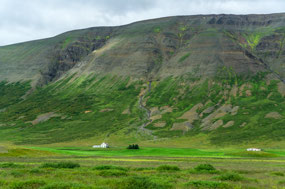

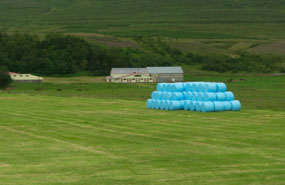
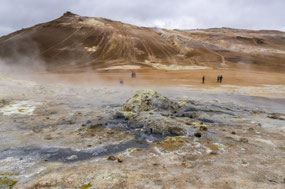
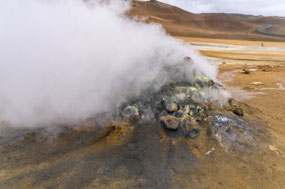
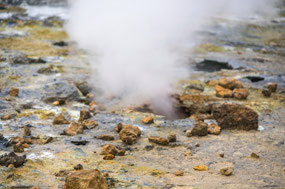
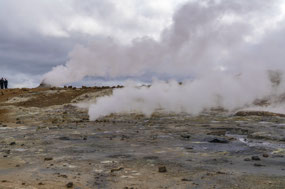
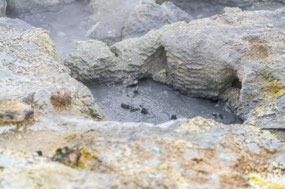
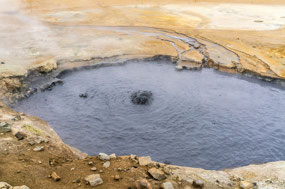
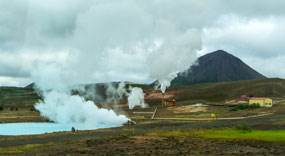
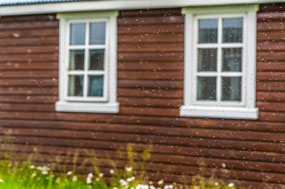

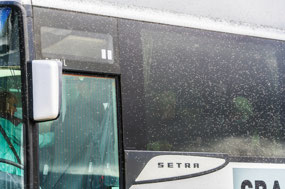
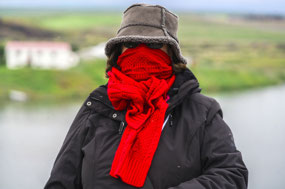
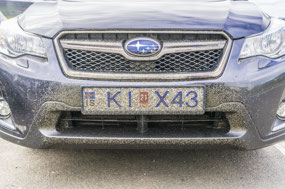
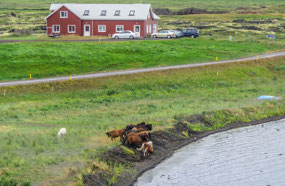
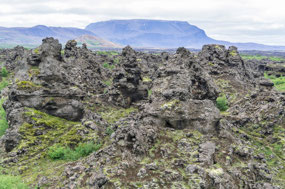

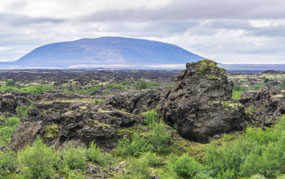
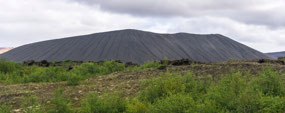
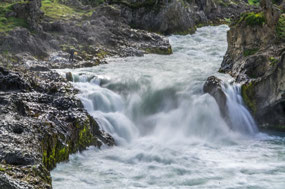
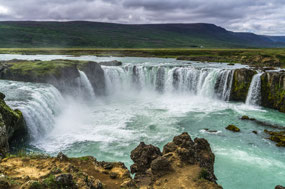
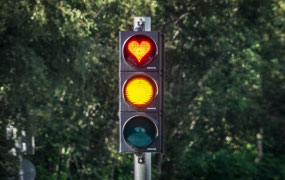






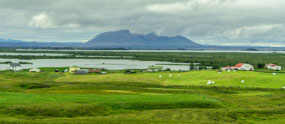
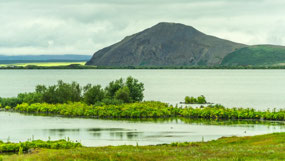
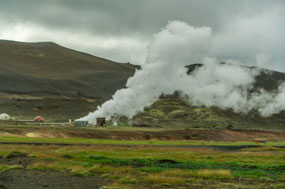
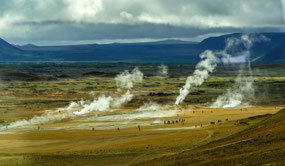
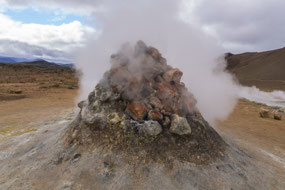
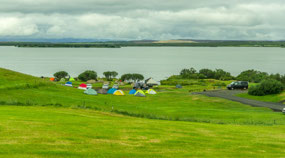
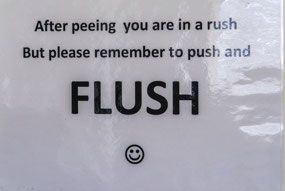
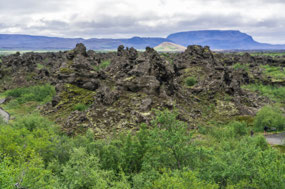
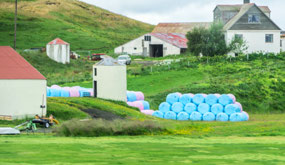
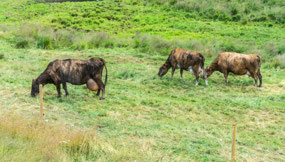
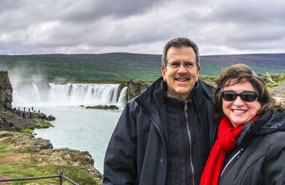
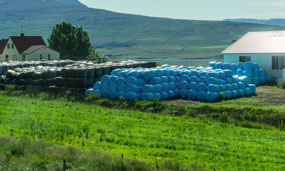
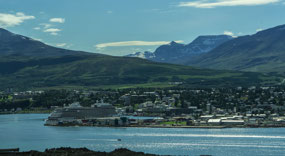
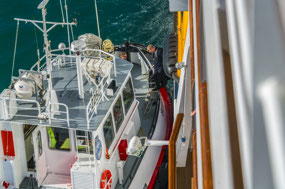
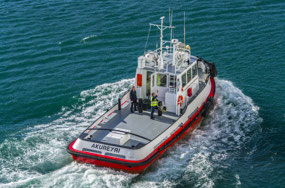
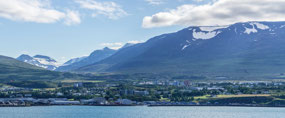
Erin
2017-08-16
Beautiful! I was there to visit my aunt/uncle in summer 1994 when they were stationed at Keflavik with the Air Force. We did the whole ring road around the island - amazing! If you brave the hot springs - do not immerse your hair - so many minerals that it is like glue and takes professional intervention to clean :(